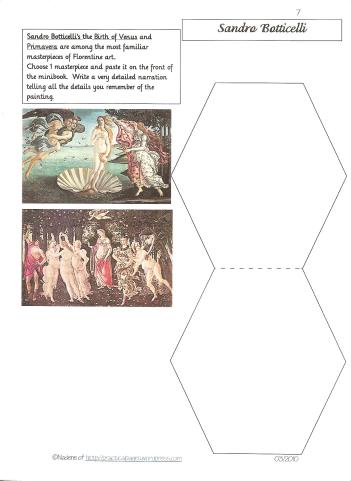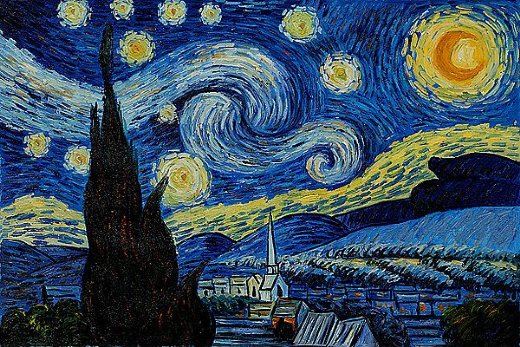Here is the 4th Art Era Timeline!
Did you downloaded the earlier Art Era Timelines? I f not, please pop over to Art Era Timelines under my Free Pages and download the previous 3 timelines. Due to the size of the files I have broken the timeline into 4 sections.
I have provided a basic definition of each art movement and included the dates and names of the founders and the most eminent artists of that movement. Each artist has a thumbnail of their work. I have placed each art movement on a new page for clarity and to aid the study of different eras.
Click here for the 4th Art Era Timeline featuring Modern Art ~ Art Era 4 Timeline Modern
Here is a slide-show sampler:
These are the Art Movements featured:
- Modernism
- Expressionism
- Die Brücke
- Der Blaue Reiter
- Die Neue Sachlichkeit
- Bauhaus
- Cubism
- Dada
- Futurism
- Neo-Plasticism
- Surrealism
- Precisionism
- Art Deco
- The Harlem Renaissance
- Abstract Expressionism
- Pop Art
- Op Art
- Arte Povera
- Photorealism
- Minimalism
- The Sensation Show
- Folk Art
Some ideas on how to use this timeline:
- Print it bind it and create an Art Book of Centuries.
- Add these pages to a student’s own Book of Centuries.
- Cut and paste the pages side-by-side as a continual art timeline. (It will be huge! :))
- Cut out and add the artists and their art work thumbnails to a dedicated art timeline or an existing timeline.
- Cut the artists as cards, laminate them and let children match the artists to the eras.
- Use the information and write your own artists on your own timeline as you study them.
I downloaded all the information for these timelines from Artcyclopedia.com.
Have you downloaded all the other Free Famous Artists and Impressionist Artists Pages?






























































You must be logged in to post a comment.